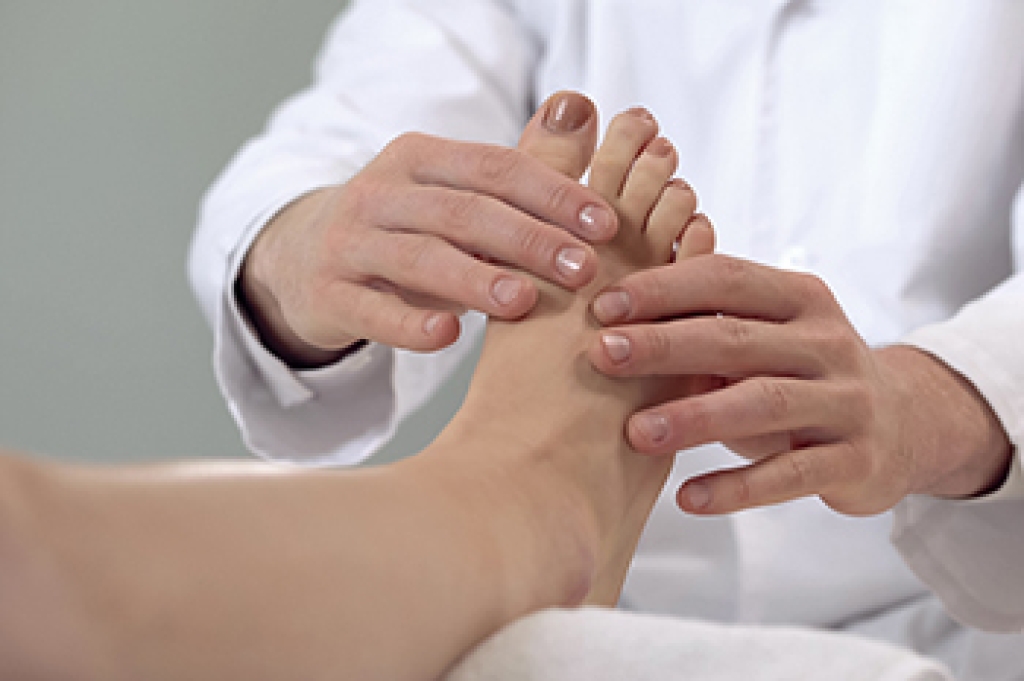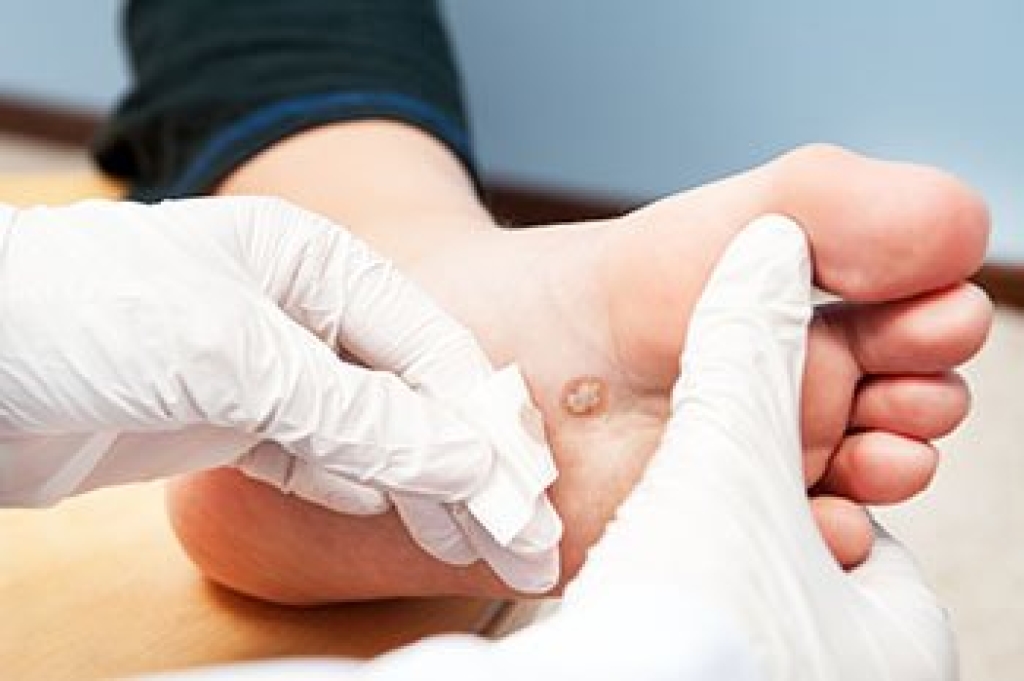
Gout is a painful inflammatory condition that commonly affects the foot, most often the big toe. It is caused by a buildup of uric acid in the blood, which forms sharp crystals inside the joint. The area may look red, shiny, and warm, sometimes with tight or stretched skin. It often feels like sudden intense pain, burning, and extreme tenderness that can make walking or even light contact uncomfortable. Symptoms frequently begin at night and may come on suddenly. Causes include dehydration, kidney problems, and diets high in purines such as red meat, seafood, and alcohol. A podiatrist can help from the start by evaluating symptoms, confirming the diagnosis through examination and imaging, and coordinating lab testing when needed. Treatment may begin with pain and inflammation control, footwear guidance, and activity modification, then move into long-term management, education, and preventive care. If you are dealing with gout, it is suggested that you make an appointment with a podiatrist.
Gout is a painful condition that can be treated. If you are seeking treatment, contact one of our doctors from Favor Foot Ankle Leg & Wound Center. Our doctors will treat your foot and ankle needs.
What Is Gout?
Gout is a form of arthritis that is characterized by sudden, severe attacks of pain, redness, and tenderness in the joints. The condition usually affects the joint at the base of the big toe. A gout attack can occur at any random time, such as the middle of the night while you are asleep.
Symptoms
- Intense Joint Pain - Usually around the large joint of your big toe, and it most severe within the first four to twelve hours
- Lingering Discomfort - Joint discomfort may last from a few days to a few weeks
- Inflammation and Redness -Affected joints may become swollen, tender, warm and red
- Limited Range of Motion - May experience a decrease in joint mobility
Risk Factors
- Genetics - If family members have gout, you’re more likely to have it
- Medications - Diuretic medications can raise uric acid levels
- Gender/Age - Gout is more common in men until the age of 60. It is believed that estrogen protects women until that point
- Diet - Eating red meat and shellfish increases your risk
- Alcohol - Having more than two alcoholic drinks per day increases your risk
- Obesity - Obese people are at a higher risk for gout
Prior to visiting your podiatrist to receive treatment for gout, there are a few things you should do beforehand. If you have gout you should write down your symptoms--including when they started and how often you experience them, important medical information you may have, and any questions you may have. Writing down these three things will help your podiatrist in assessing your specific situation so that he or she may provide the best route of treatment for you.
If you have any questions, please feel free to contact our office located in South Amboy, NJ . We offer the newest diagnostic and treatment technologies for all your foot care needs.




